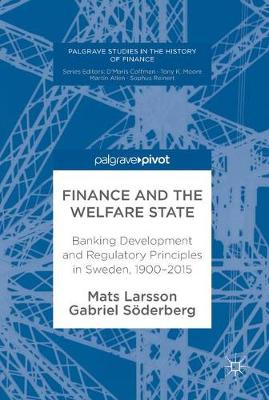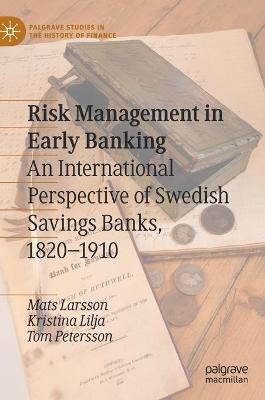Palgrave Studies in the History of Finance
2 total works
This book explores the Swedish experience of banking development, regulation and financial crisis from 1900 to 2015. It puts the experiences of the past in the context of today’s debate on the future of banking, and argues that the experiences of the Global Financial Crisis that started in 2007 warrants new understandings of the role of bank regulation. The book also analyses how shifts in bank regulations are usually part of more general policy shifts in society, which are in turn connected to both pragmatic and ideological considerations. In the case of Sweden the shift towards more extensive bank regulations after World War II was closely related to the development of the welfare state. Such shifts in policy and regulations are generally international, and the book also explores how the Swedish national policy has interacted with international developments.
Risk Management in Early Banking
by Mats Larsson, Kristina Lilja, and Tom Petersson
This book deals with risk management and the organisation of banking in Swedish savings banks alongside the development in other European countries. The period of analysis begins with the establishment of the first savings banks in 1820 and ends in 1910. During this period, banking developed as a well-functioning system for deposits and credits. The book focuses on this development from a theoretical perspective connected to risk management and the role of trust and legitimacy in credits and savings. The analysis deals with the overall development of the Swedish banking system and the role of savings banks as well as bank connections with different groups of customers. Of interest to financial historians, academics, and researchers, it also analyses the role of insider lending and the practical aspects of granting credits, such as the use of collaterals and the level of interest rates to compensate higher risks.

